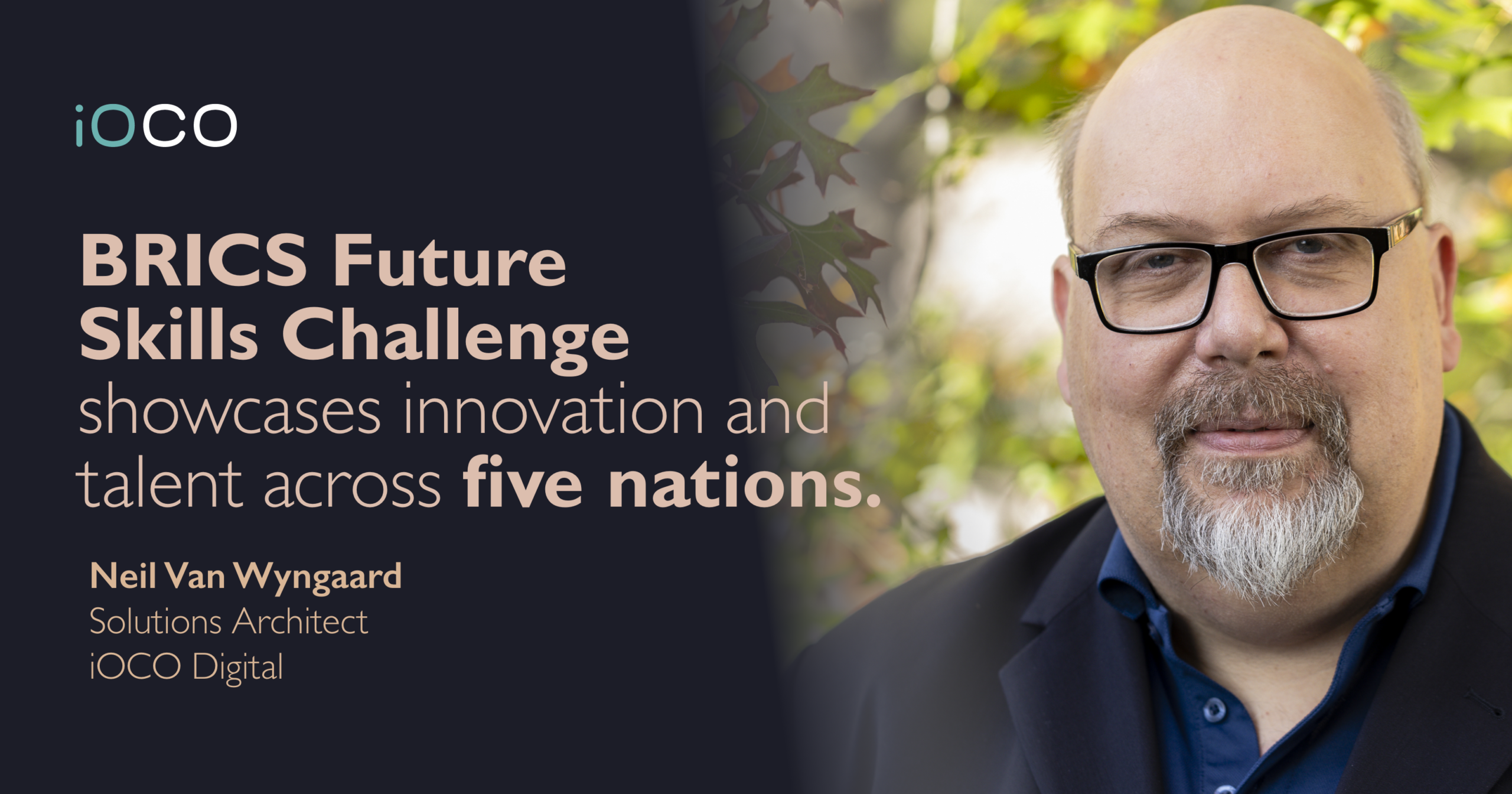This year’s BRICS Future Skills Challenge covered topics like Robotic Process Automation (RPA), agri-IOT, cyber security, data science, and mobile app development, to name a few.
Following a rigorous judging process, the top 15 competitors from Brazil, Russia, India, China and South Africa pitched their concepts in a Dragon’s Den set-up, with five experts on the panel for each area deciding on the winning concept.
Neil van Wyngaard, Solutions Architect at iOCO Digital and one of the Dragons in the RPA category of the competition, said that the winners not only showcased their country’s talents, but received real-world experience and access to industry leaders and potential employers.
He said that young people participating in the BRICS Future Skills Challenge have already demonstrated their prowess in their respective disciplines.
“The finalists were chosen based on the effectiveness of their solutions, as well as their scores throughout the competition, and we saw many innovative answers to the problems we posed,” said Van Wyngaard
Van Wyngaard further said that the South African delegates have established themselves as global contenders, showcasing inventive thinking and strong technical capabilities during the workshops leading up to the final challenge.
“‘In fact, we won more medals this year than ever before, taking home a number of silver and bronze medals. This not only proves that we have what it takes to win, but that the digital future of South Africa is in safe hands,” added Van Wyngaard
“Access to skills like RPA is becoming essential for businesses, and will become even more so in the future. The BRICS Future Skills Challenge is a great way for local students to gain international experience.
“This year, they saw first-hand how seriously other countries are taking the competition, and how much further South Africa needs to go to win in the future. China, for example, brought the best of the best the country offers, choosing delegates from winners of regional and national competitions – all of whom performed well, using all of the tools they had available to them, with some even going as far as using green screens and 3D renderings in their presentations,” said Van Wyngaard.
Original article



